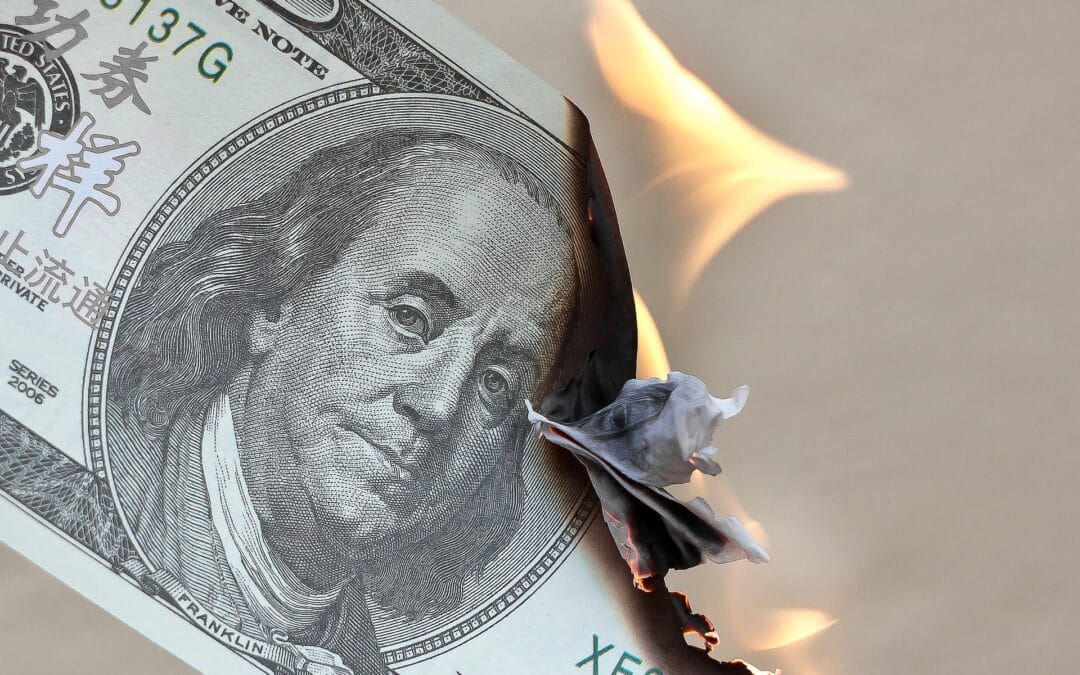The housing market contributed to the uptick in the latest Consumer Price Index (CPI) data published today by the U.S. Bureau of Labor Statistics.
The CPI for March recorded a 3.5% year-over-year increase, up from the 3.2% annual uptick in February. Last month marked the highest year-over-year increase in six months.
On a monthly measurement, the CPI was up 0.4%. More than half of the monthly increase was attributed to shelter and gas costs – rent was up 0.4% from February to March while gas rose by 1.7%.
Mike “Mish” Shedlock, an investment advisor for Sitka Pacific Capital Management and financial commentator of the MishTalk.com blog, stated his lack of surprise over the data by pointing out that the rent element of the CPI has gone up by at least 0.4% for 31 consecutive months.
“People keep telling me rents are falling, I keep saying they aren’t,” he stated, noting that “the ‘rents are falling’ (or soon will) projections have been based on the price of new leases and cherry picked markets. But existing leases, much more important, keep rising. Only 8 to 9% of renters move each year. It’s been a huge mistake thinking new leases and finished construction would drive rent prices.”
Lawrence Yun, chief economist at the National Association of Realtors, had a different take when he observed, “One strange data point is rent, which the official data shows at 5.8%. The unofficial data from the apartment industry indicates falling rent due to over-construction. If rent data calms, then overall inflation will automatically be lower. It is, therefore, possible to get to the 2% inflation target by year’s end, even with bumps and delays.”
Yun added, “Mortgage rates, unfortunately, will move a notch higher and are likely to cross above 7% in the upcoming weeks. In addition, the gigantic federal budget deficit will soak up more borrowing, thereby leaving less for mortgage borrowing.”












